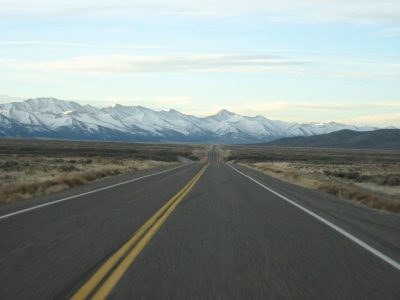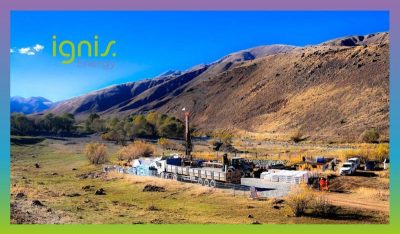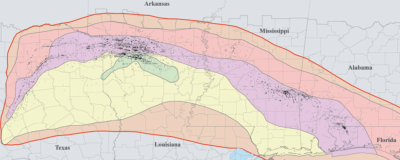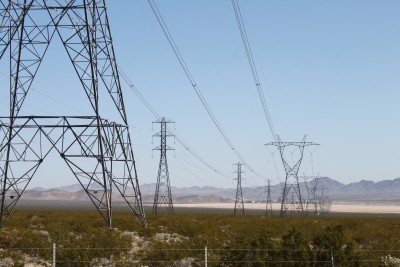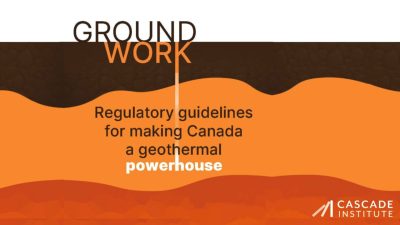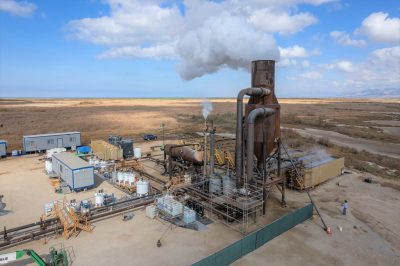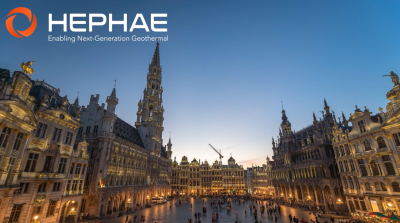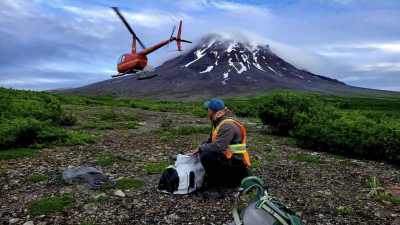Field exploration exploring geothermal potential at Mount Meager in BC, Canada
A nice article published in Canada describes the fieldwork expedition to explore the geothermal potential at Mount Meager in the province of British Columbia, Canada by Geoscience BC and the Geological Survey of Canada.
An interesting article was published by Earth & Space Science News on a field expedition into the British Columbia wilderness involving helicopter drops, mountain and landslide traverses, and treacherous ice caves aimed to facilitate geothermal exploration in Canada. The authors are Stephen E. Grasby (steve.grasby@canada.ca), Geological Survey of Canada, Calgary, Alta.; and Carlos Salas, Geoscience BC, Vancouver, B. C.
As Canada attempts to transition from a hydrocarbon-based economy to a renewable clean energy economy, the country seeks new options. Canada has abundant hydropower potential as well as wind and solar potential, but each of those energy sources comes with challenges, from controversies over new large dam construction to issues with intermittent generation. So Canada is also examining geothermal energy, a resource with many benefits compared with other renewables, to meet its goal of achieving net zero emissions by 2050.
High exploration risk is one of many barriers that has limited investments by industry in geothermal projects. But this is a risk that geoscience research can reduce.
Geothermal power plants have small footprints (unlike hydropower plants), low emissions, and direct-heat-use opportunities, but most important, they provide stable baseload power, unlike intermittent wind and solar sources. Offsetting the many positive aspects of geothermal energy is the higher exploration risk; it is much easier for planners to establish where it is sunny and windy than where there are exploitable heat sources deep underground.
Geothermal energy also requires pumping hot fluids from depth to the surface. The high fluid production rates needed to run a power plant (at least 100 kilograms per second) necessitate discovery of deep high-permeability aquifers that continuously deliver sufficient fluid to a well. Finding these permeable rocks in the subsurface is a key geothermal exploration risk that is tied to the expense of drilling. High exploration risk is one of many barriers that has limited investments by industry in geothermal projects. But this is a risk that geoscience research can reduce, which is where our wide-ranging team of geoscience experts—and our recent adventure into the Canadian Cordillera—comes in.
Geothermal Potential Near Mount Meager
To encourage geothermal energy exploration, the Geological Survey of Canada, with support from Geoscience BC, a nonprofit geoscience research organization, and the Natural Resources Canada Emerging Renewable Power Program, initiated a new project in 2019 focused on reducing exploration risk. A highlight of this project is a recent multidisciplinary field program aimed at developing novel tools to predict the occurrence of highly permeable zones within the Mount Meager volcanic complex, Canada’s only currently active volcano.
Lying 160 kilometers north of Vancouver, B. C., Mount Meager is in the northern part of the Garibaldi Volcanic Belt, representing the northern segment of the Cascadia Subduction Zone. Volcanism over the past 2.6 million years along this volcanic arc is a result of the continuing subduction of several microplates (the Juan de Fuca, Explorer, and Gorda plates) beneath North America. The most recent volcanic activity at Mount Meager was an explosive eruption about 2,400 years ago; however, fumaroles and numerous thermal springs at the volcano suggest a currently active geothermal system.
During the energy crises of the 1970s, research and exploration at Mount Meager revealed world-class geothermal resources with fluid temperatures exceeding 250°C at about 2-kilometer depth. However, the fluid production rates were insufficient to justify the expense of building power lines to the site, so plans to develop geothermal power there were abandoned.
Now the world faces a new energy (and climate) crisis, and geothermal once again looks like an appealing option. But the challenges haven’t gone away. Renewing exploration at Mount Meager, as well as within other volcanic belts in western Canada, requires new ideas and methods for the prediction of high-permeability zones at depth.
The geoscience team assembled by the Geological Survey of Canada to tackle this challenge comprised 34 researchers from a total of seven universities and government agencies. We brought together people with expertise in geological and structural mapping, volcanology, geophysics (especially gravity, magnetotelluric, and passive seismic surveying), geochemistry, regional stress field analyses, and hydrogeology into one coherent research project and sent everyone into the field from July to October 2019. The goal of the fieldwork was to use an integrated geophysical, geochemical, and geological approach to see into the heart of the mountain and enable clearer identification of high-permeability zones within the known thermal anomaly.
For the full article see link below.
Source: Earth & Space Science News








